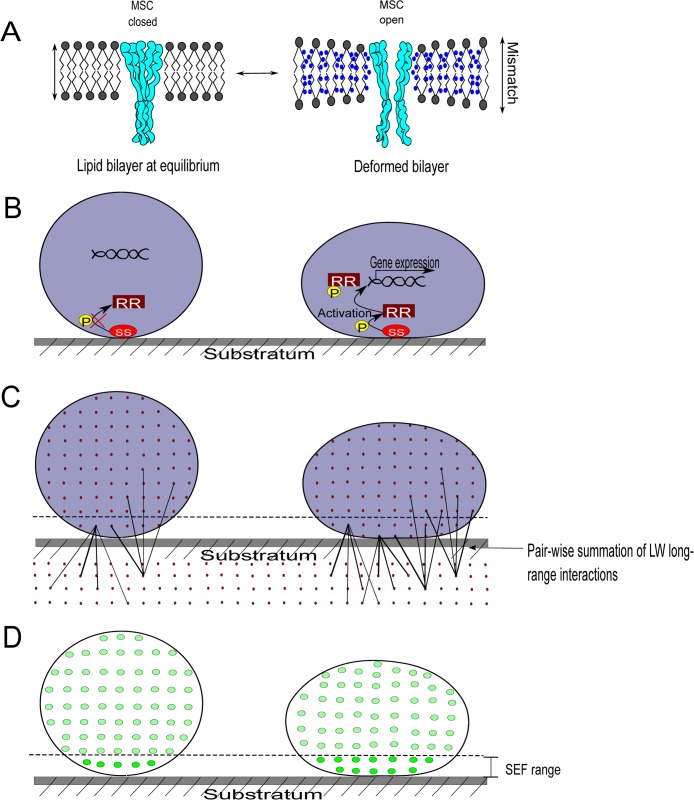Fig 1. Bacterial cell wall deformation, mechanosensing, and the measurement of cell wall deformation using surface enhanced fluorescence.
A) Left: Intact lipid membrane at equilibrium of an undeformed bacterium, with a closed mechanosensitive channel (MSC). Right: Bacterium adhering to a substratum surface, deformed under the influence of adhesion forces arising from the substratum, yielding hydrophobic mismatch over the thickness of the membrane (water molecules adjacent to hydrophobic lipid tails), and altered lipid bilayer tension in the lipid membrane. Hydrophobic mismatch and pressure profile changes lead to the opening of MSCs. B) Left: A nonactivated stress-sensitive (SS) protein on the bacterial cell surface of an undeformed bacterium and a response regulator protein (RR) suspended freely in the cytoplasm. Right: A SS protein senses cell wall deformation due to adhesion, changes its conformation, and phosphorylates a RR protein which regulates the expression of SS-regulated genes. C) Left: Lifshitz-Van der Waals forces operate between all molecular pairs in a bacterium and a substratum, decreasing with distance between the molecules. Right: Adhering bacterium, deformed due to attractive Lifshitz-Van der Waals forces, with more molecules in the bacterium closer to the substratum, yielding stronger adhesion and more deformation. Deformation stops once the counterforces arising from the deformation of the rigid peptidoglycan layer match those of the adhesion forces. D) Left: Only a small number of fluorophores inside an undeformed bacterium are sufficiently close to a metal substratum surface to experience surface-enhanced fluorescence (brighter dots). Right: In a deformed, adhering bacterium, the volume of the bacterium close to the surface increases and the number of fluorophores subject to surface-enhanced fluorescence becomes higher. Thus, quantitative analysis of fluorescence arising from fluorescent bacteria adhering to a metal surface provides a way to determine cell wall deformation.

